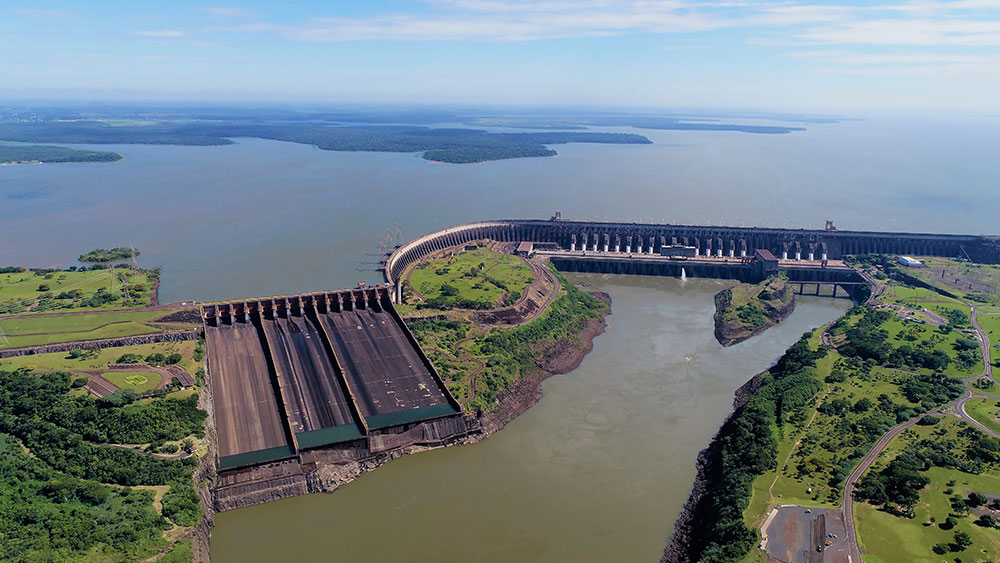
The Itaipu’s Dam in Brazil, which is the third largest hydroelectric dam in the world
WASHINGTON, June 24 (NNN-PRENSA LATINA) — Over the past two decades, global reservoirs have become increasingly empty despite an overall increase in total storage capacity due to the construction of new reservoirs, according to a new study published by Nature Communications.
Using satellite data from over 7,000 global reservoirs, Texas A&M researchers found that while total storage capacity has increased, the filling rate is lower than expected.
Overall, global reservoir storage increased at an annual rate of 28 cubic kilometers, attributed to the construction of new reservoirs.
“As the global population continues to grow in the 21st century, surface water reservoirs are increasingly being relied on to meet rising demands in the context of a changing climate,” Gao said. “However, the amount of water available in reservoirs and its trends have not been well quantified at the global scale.”
Given the projected decline in water runoff and the rising water demand, the observed trend of diminishing storage returns from reservoir construction is expected to continue, potentially impacting water supplies with significant implications.
These findings indicate that addressing future water demands cannot rely solely on constructing new reservoirs, emphasizing the need for novel management strategies.
The decline in reservoir storage is particularly prominent in the global south, including South Asia, Africa and South America. Despite efforts to construct new reservoirs, the data shows that they fall short of expected filling levels.
The most significant decline is in South America and Africa, where growing populations contribute to an escalated water demand.
In contrast, reservoirs in the global north, including regions in North America and Europe, are experiencing an upward trend in reaching their maximum capacity.
Reservoirs in high-latitude regions like the Great Lakes and Siberia exhibit comparatively higher storage capacities, primarily attributed to their lower population densities and lesser impacts from human activities. — NNN-PRENSA LATINA






